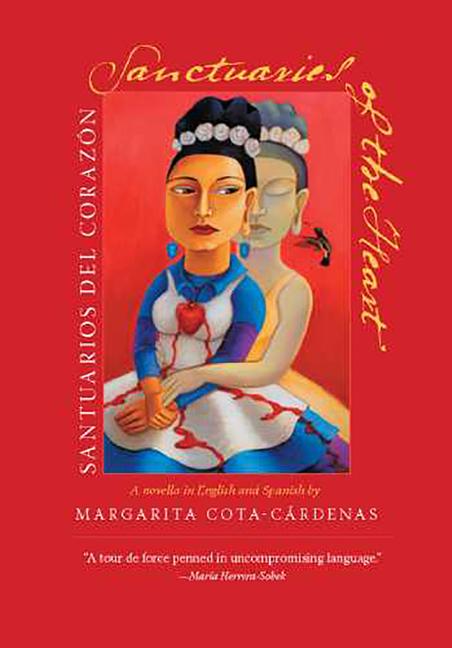
Zustellung: Do, 07.08. - Mi, 13.08.
Versand in 3-4 Wochen
VersandkostenfreiBestellen & in Filiale abholen:
The night that my father burned his house down, well, I was just beginning to gather newspaper clippings and notes for my novel... Petra Leyva has begun to write a novel about the Sanctuary Movement when she hears that her widowed, womanizing father has set fire to his house in a drunken rage. Overwhelmed by family memories, Petra begins a journey of introspection that leads her to explore what "sanctuary" really means to present day Chicanas. Petra learns there are various types of sanctuaries-not only those aiding Central American refugees but also less obvious safe havens for the weak, the ill, the elderly, the poor Universities are sanctuaries to which the young can flee in search of a better life. There are psychological sanctuaries where victims of sexual abuse or other forms of injustice can find relief from their private anguish. And as Petra discovers, writing itself is a form of sanctuary. By depicting the strength of Petra and other Chicanas, Margarita Cota-Cardenas addresses the complexities of life in an important period of time for the development of Chicana/o consciousness. As her characters grapple with issues of family, abuse, and loss, they combine the traits of saints and devils, heroes and villains, to show that the representation of life is as complex as life itself. Sanctuaries of the Heart is a rich mosaic in which narrative techniques mimic the act of remembrance, a confluence of streams of consciousness that challenges canons of language and form.
Produktdetails
Erscheinungsdatum
01. September 2005
Sprache
englisch
Seitenanzahl
216
Autor/Autorin
Margarita Cota-Cárdenas
Verlag/Hersteller
Produktart
kartoniert
Gewicht
318 g
Größe (L/B/H)
209/155/14 mm
ISBN
9780816524655
Bewertungen
0 Bewertungen
Es wurden noch keine Bewertungen abgegeben. Schreiben Sie die erste Bewertung zu "Sanctuaries of the Heart / Santuarios del Corazón" und helfen Sie damit anderen bei der Kaufentscheidung.









